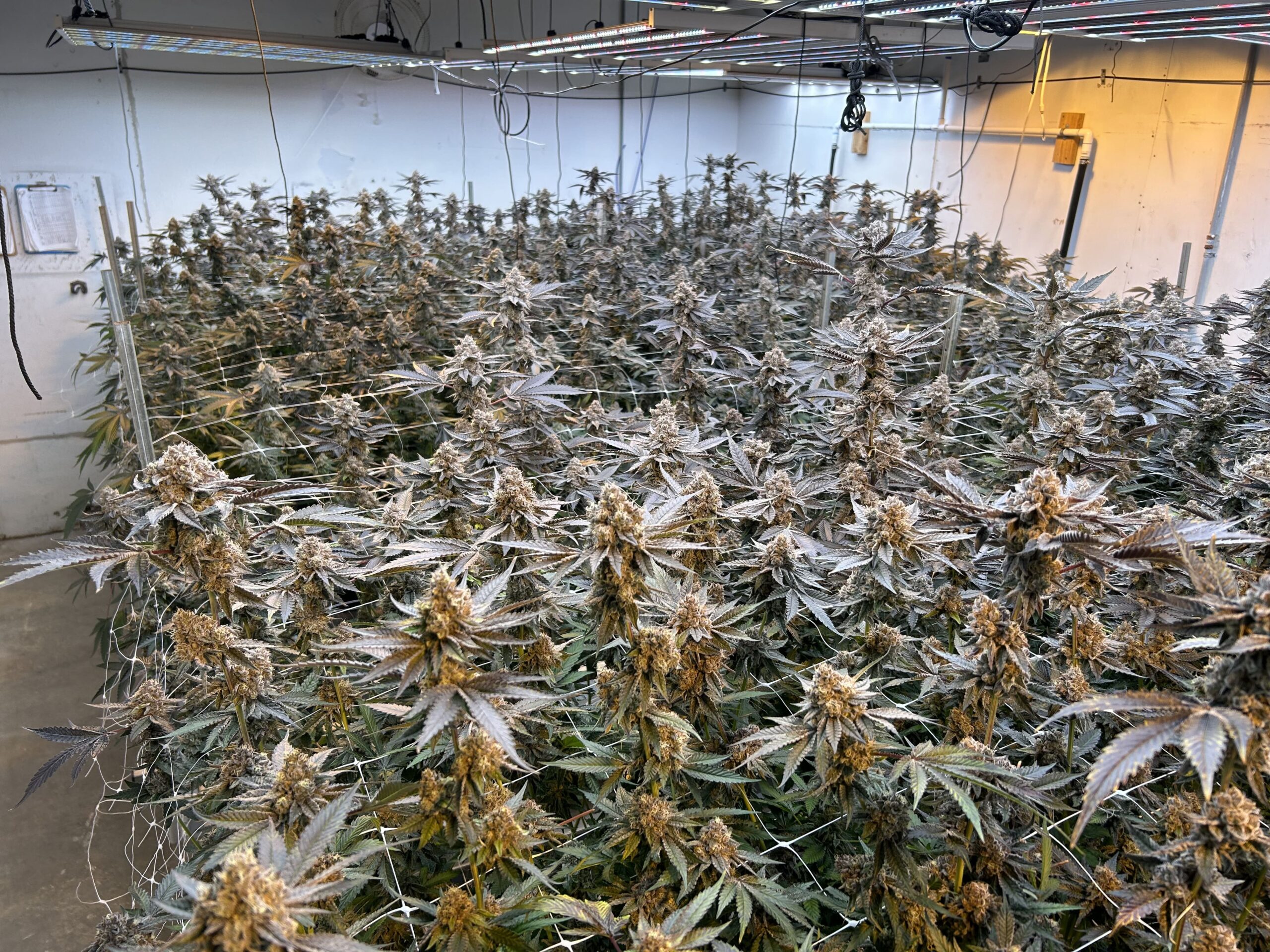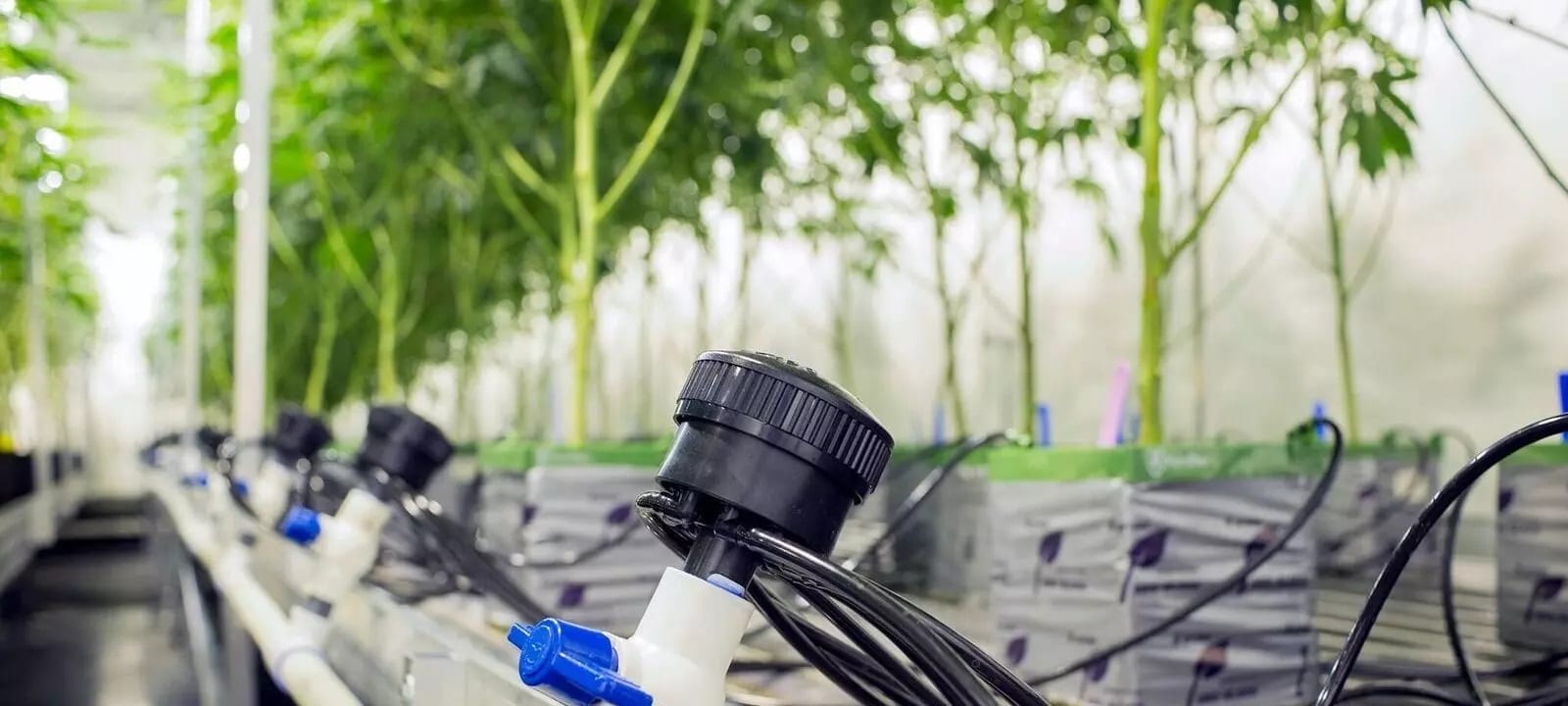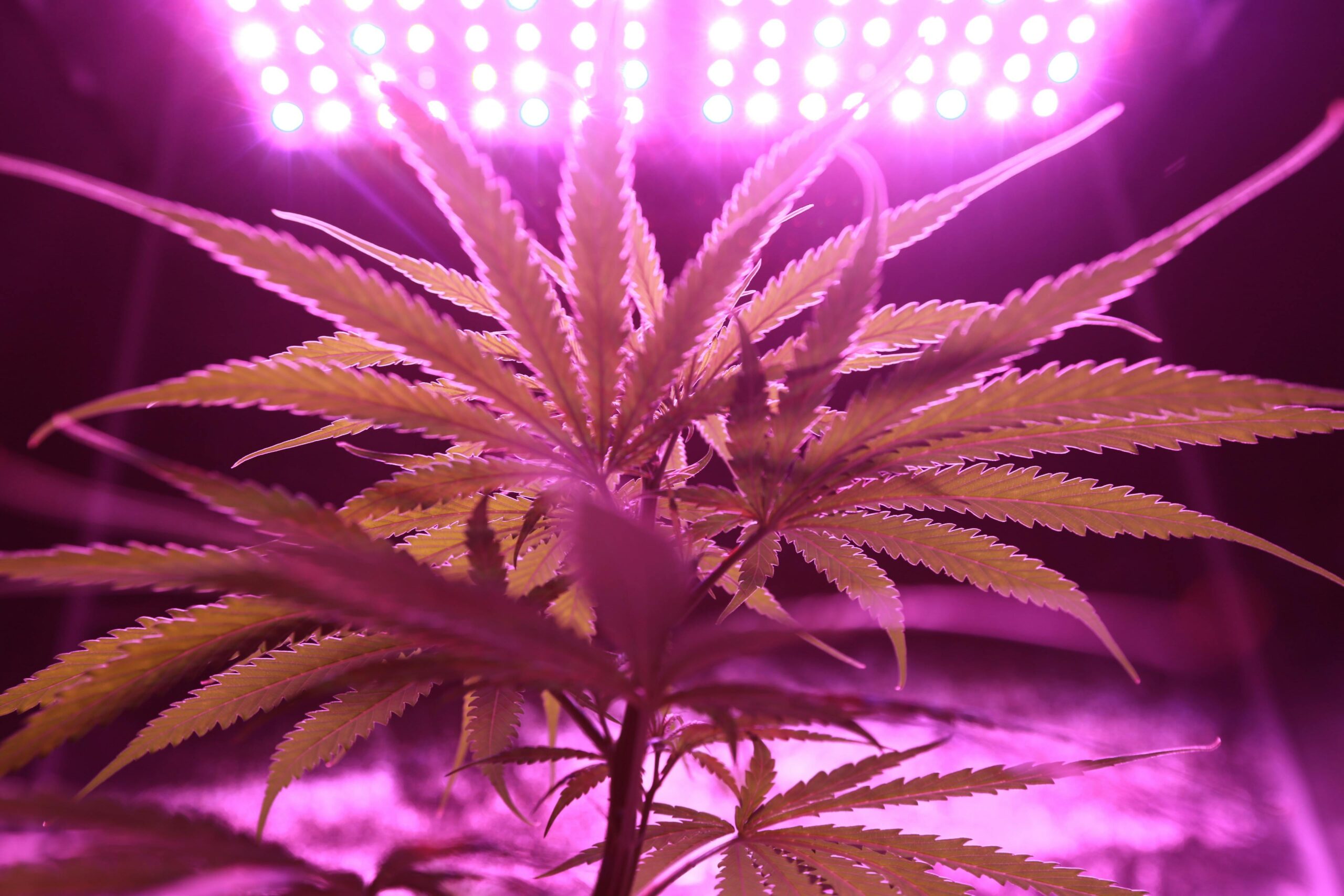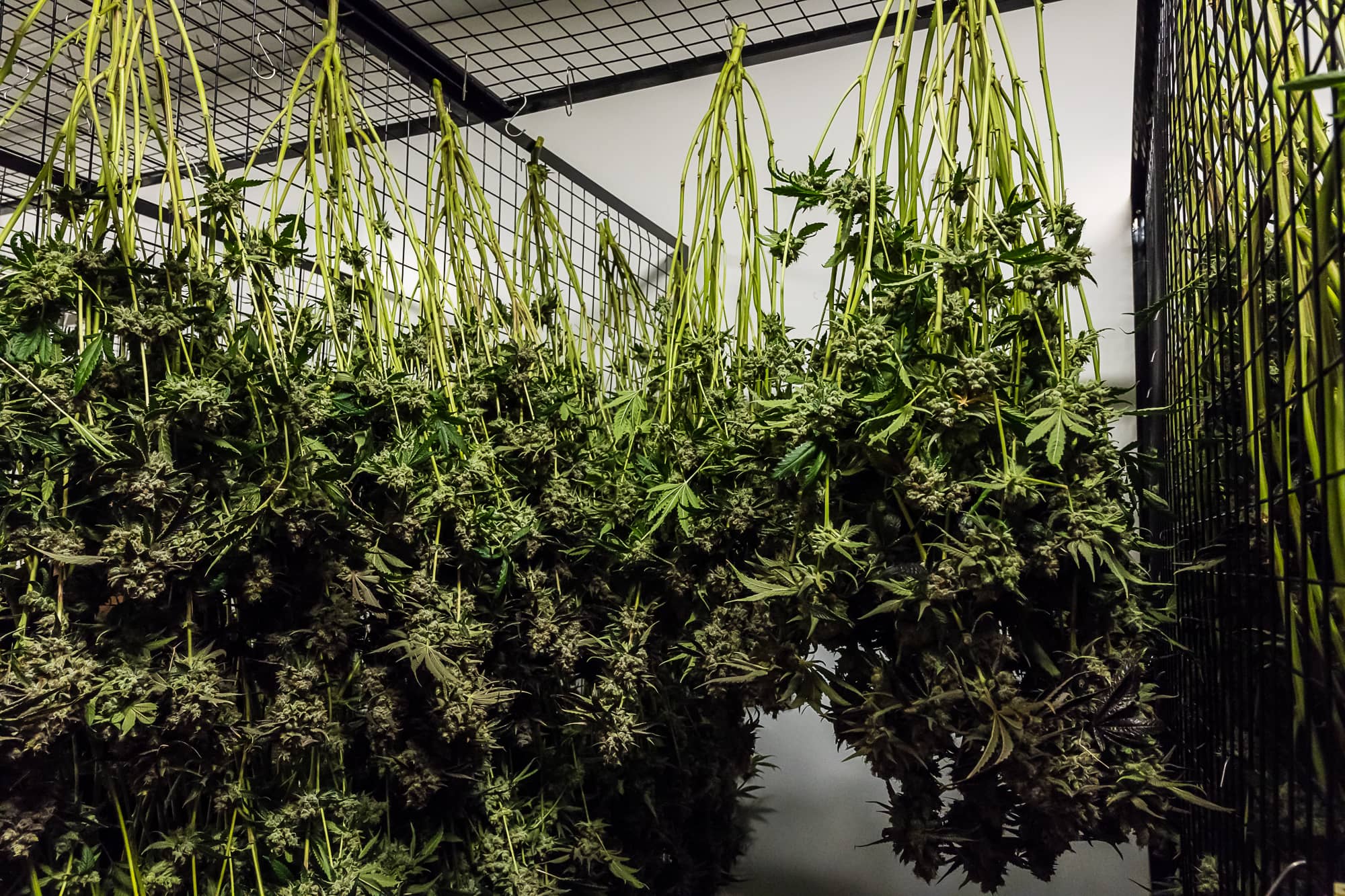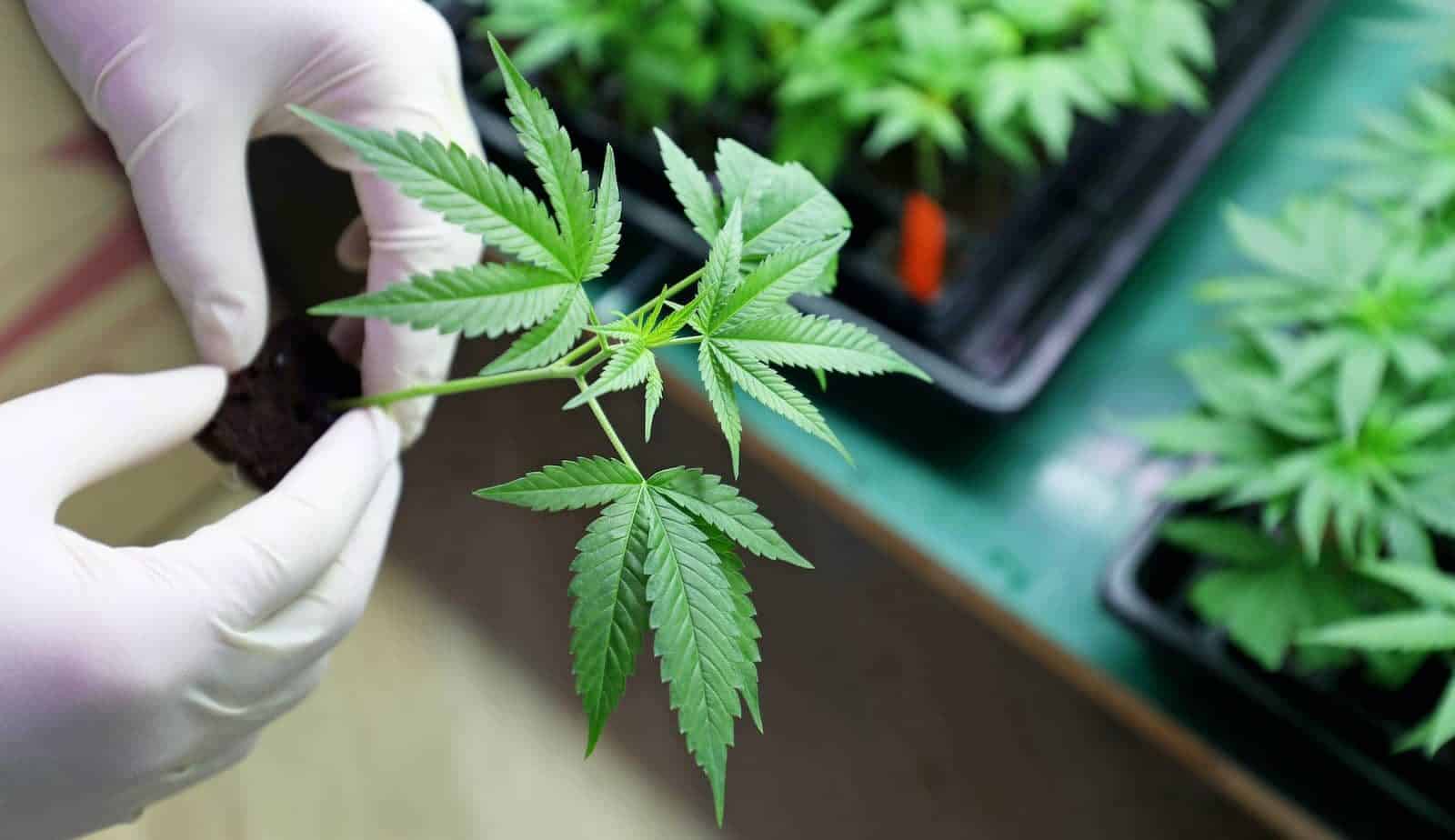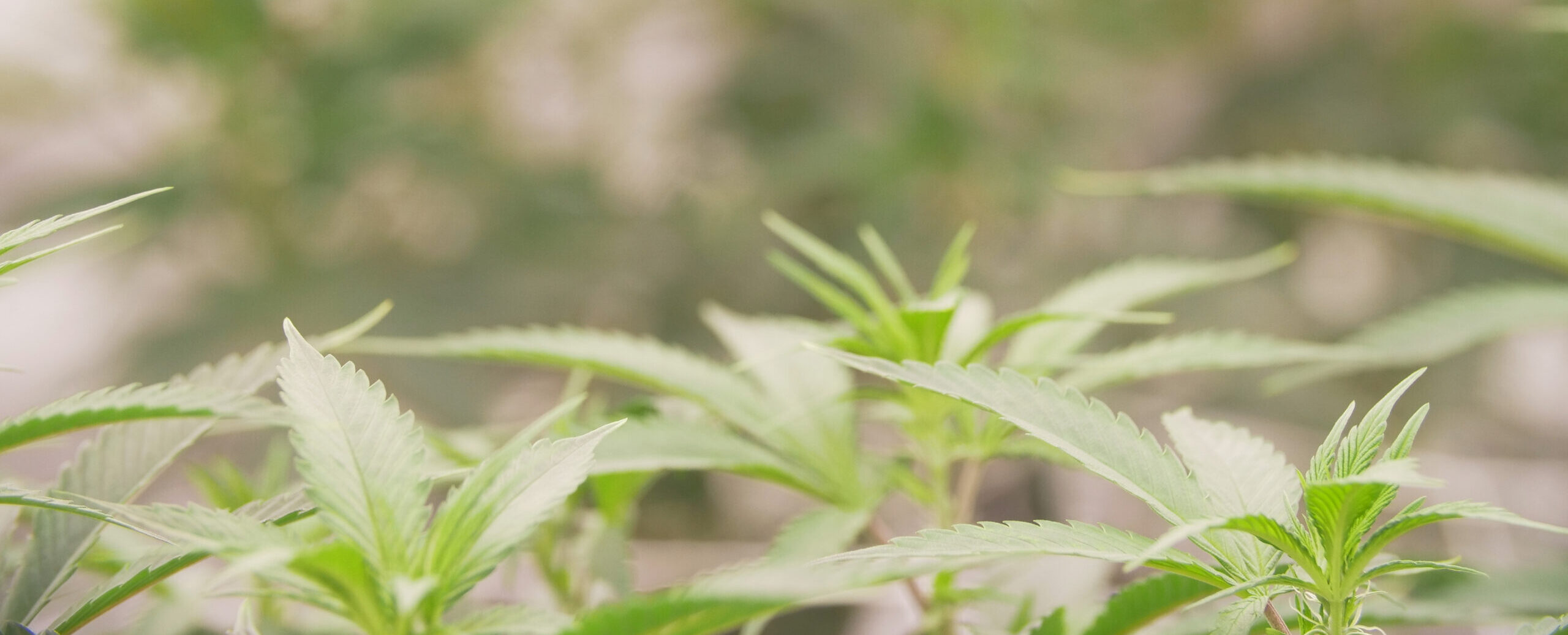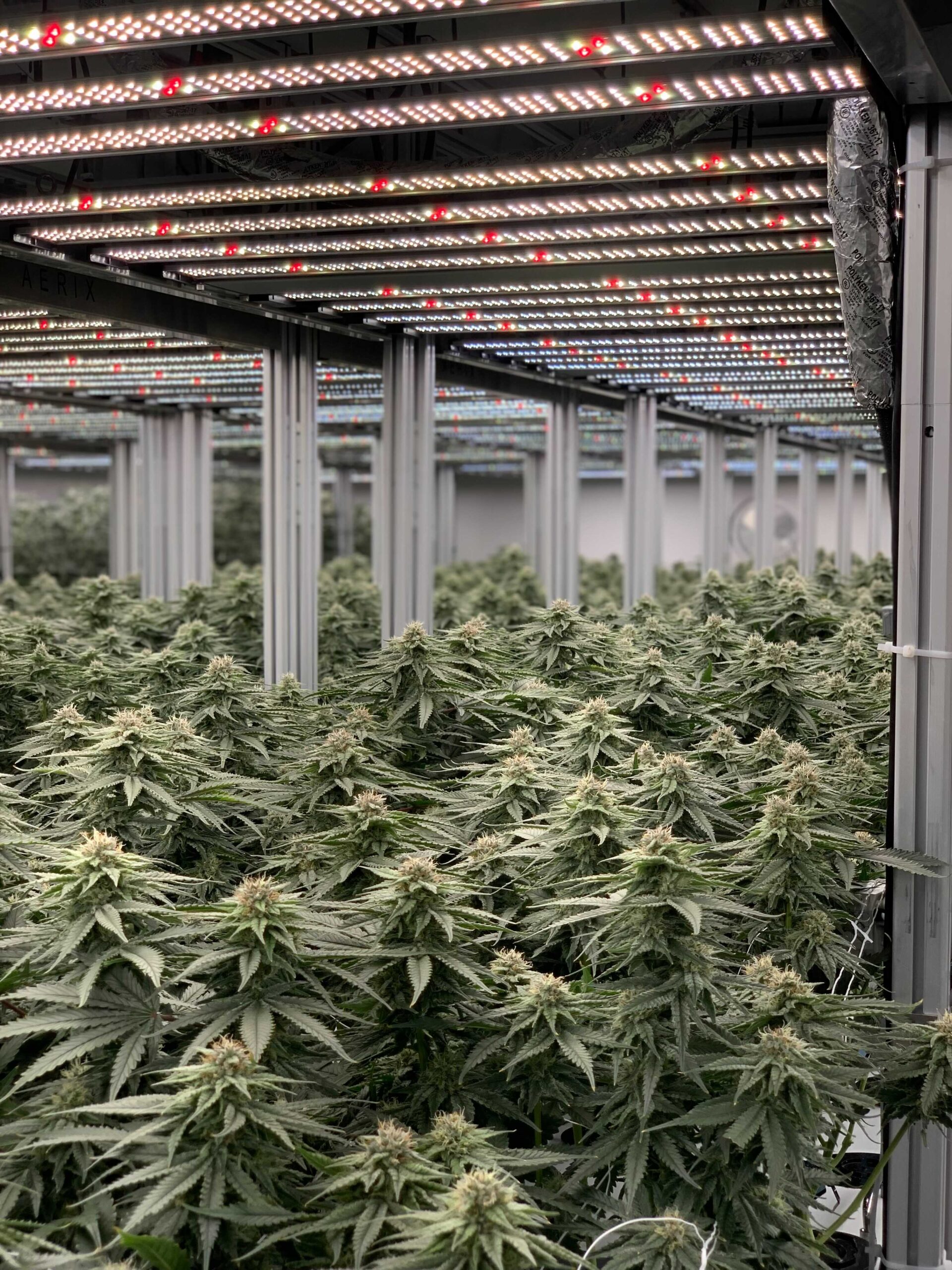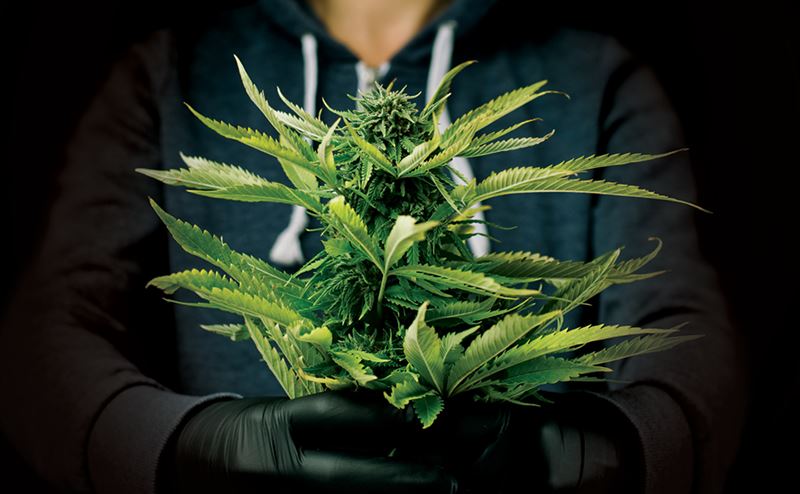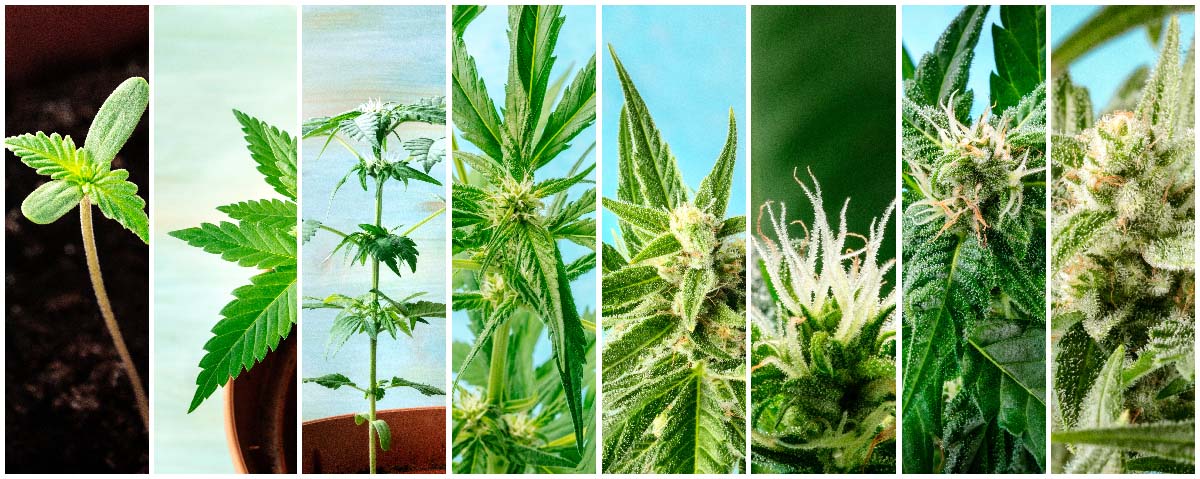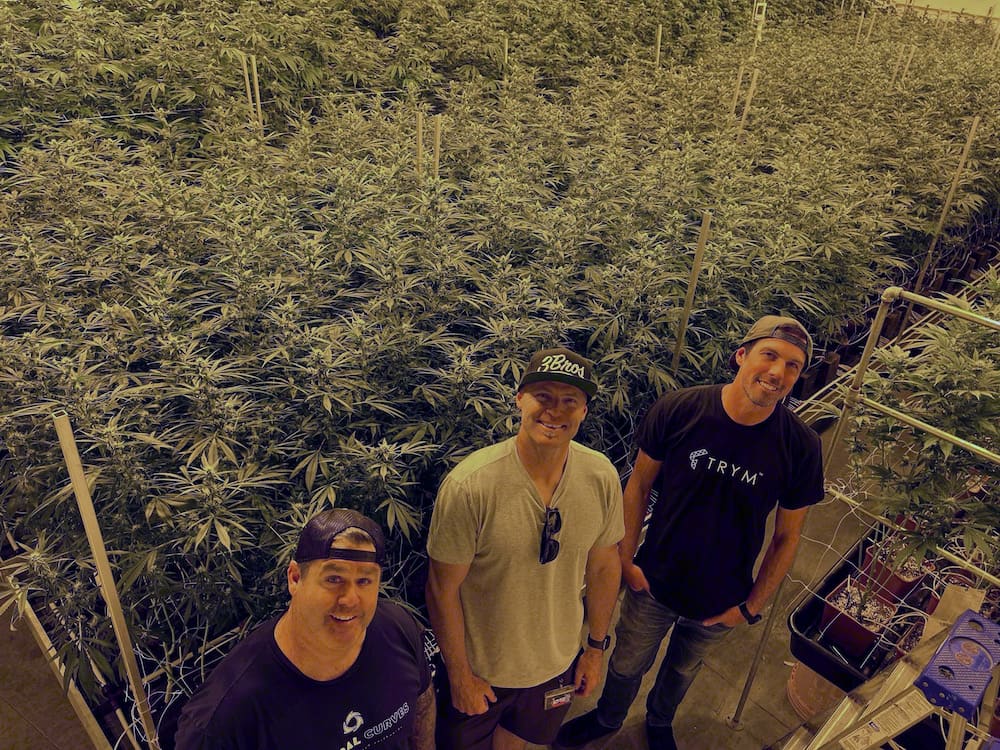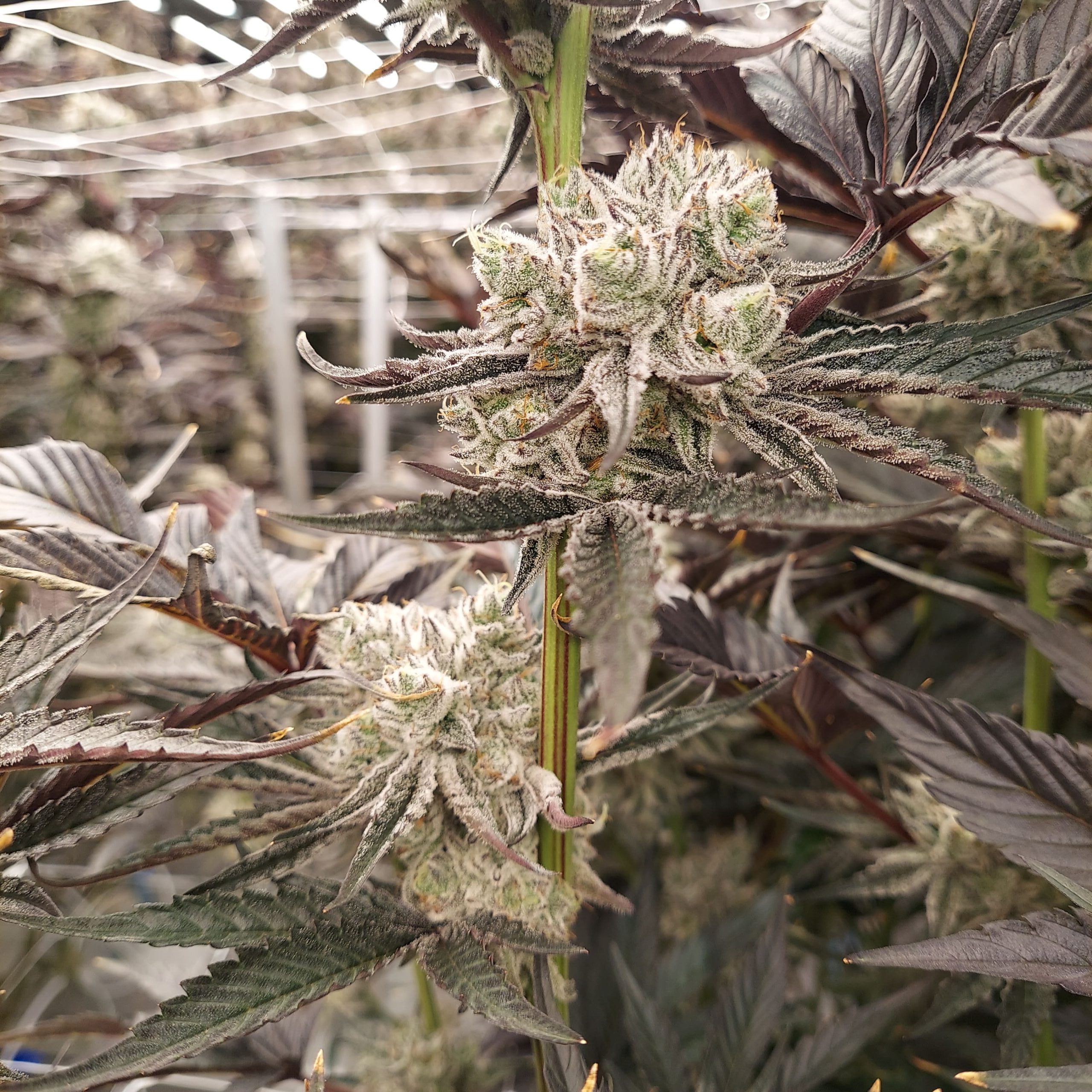When California opened its doors to recreational cannabis just over one year ago, there was much excitement and anticipation about how legalization would unfold. The state projected massive tax revenue and consumers lined up outside of dispensaries. Adult-use markets enable greater access and contribute to the momentum of legalization nationwide. However, the achievement of legalization creates new problems, primarily for the people who grow the plant we all love so much.
Legalization transformed an underground industry into a burgeoning commercial market with complex regulations, an unpredictable licensing process, and heavy taxes. With new players entering the market and established players scaling their operations, competition is up and the price per pound is down. Whether you’ve been growing for 20 years or are new to the game, ensuring your operations are efficient, agile and ready to adapt to unforeseen changes is essential to compete and thrive in the new market reality of legal cannabis.
Commercial cultivators don’t need to look far to understand where to focus their optimization efforts. Two expenses account for up to 73 percent of all operational costs: Labor and Energy.
Labor of Love
Labor is the largest expense in commercial cannabis cultivation, accounting for nearly half of production costs. Cannabis cultivation requires a skilled team to support the growing, maintenance, harvesting, and processing. As the industry has matured, many businesses have taken on more production space and larger teams, making it more challenging to manage daily activities and maintain accountability. Increasing team efficiency by improving communication methods and streamlining daily activities will enhance your bottom line.
Here are some tips to boost labor efficiency:
- set clearly defined goals and communicate them to the entire team. Employees need to know what they’re working towards and how to get there;
- develop standard operating procedures (SOPs) so tasks are understood clearly and performed consistently;
- ensure all employees receive quality training;
- use software to manage daily operations and schedule tasks. Software provides a lot of benefits such as productivity tracking and performance analytics.
Finally and perhaps most importantly, create incentives for great work. Everyone needs to be recognized for working hard. When you track employee productivity, the goal is to reward those who excel and offer training to those who need help.
Energy Drain
With half of commercial cultivation done indoors. the energy needs are substantial. Operating high-wattage lights, HVAC, dehumidifiers and ventilation for long stretches of the day costs big bucks, especially in states like California where energy is expensive. Here are some tips to improve energy efficiency;
- servicing equipment regularly to ensure optimal performance;
- setting light schedules to run during off-peak hours, when energy costs are much cheaper;
- replacing traditional lights with high efficiency LED lights; or
- leveraging renewables such as solar power.
With the industry advancing rapidly, commercial growers are realizing that it’s not as easy to manage 50,000 square feet of canopy as it was to manage 5,000. By streamlining operations, investing in your team, and leveraging technology, commercial growers can ensure a prosperous future.

